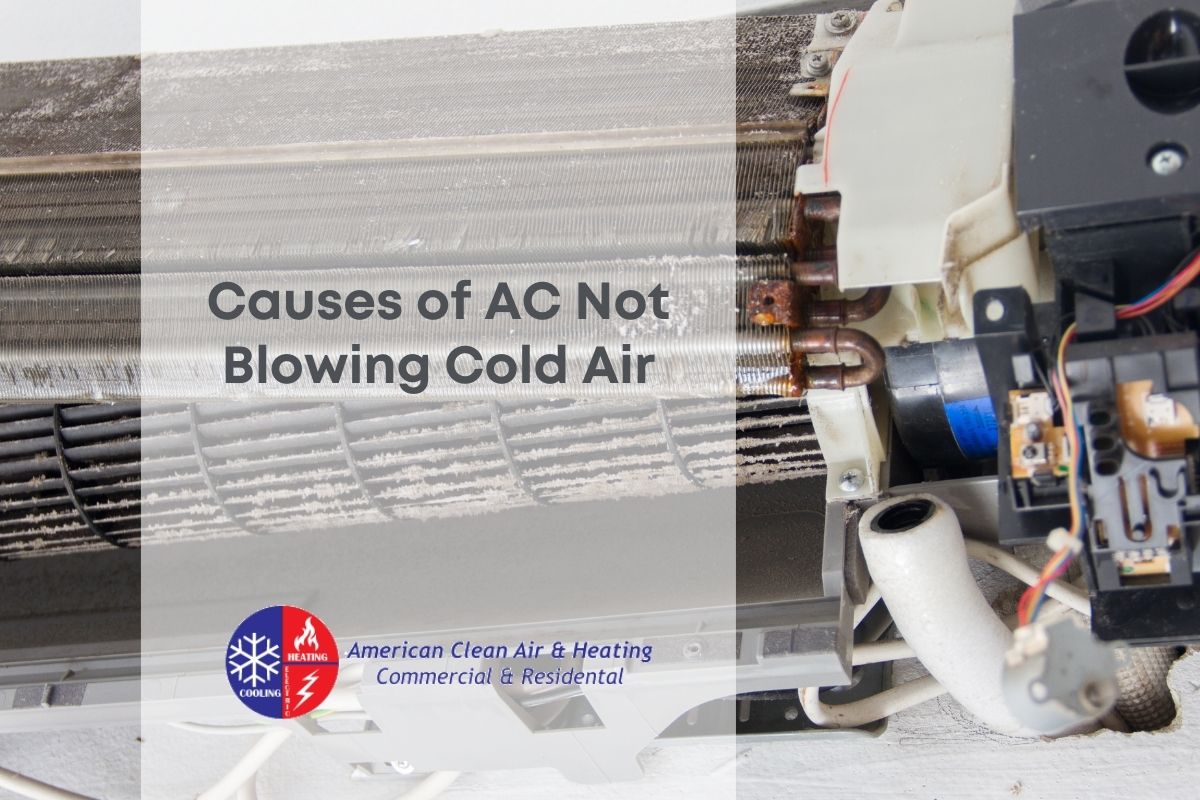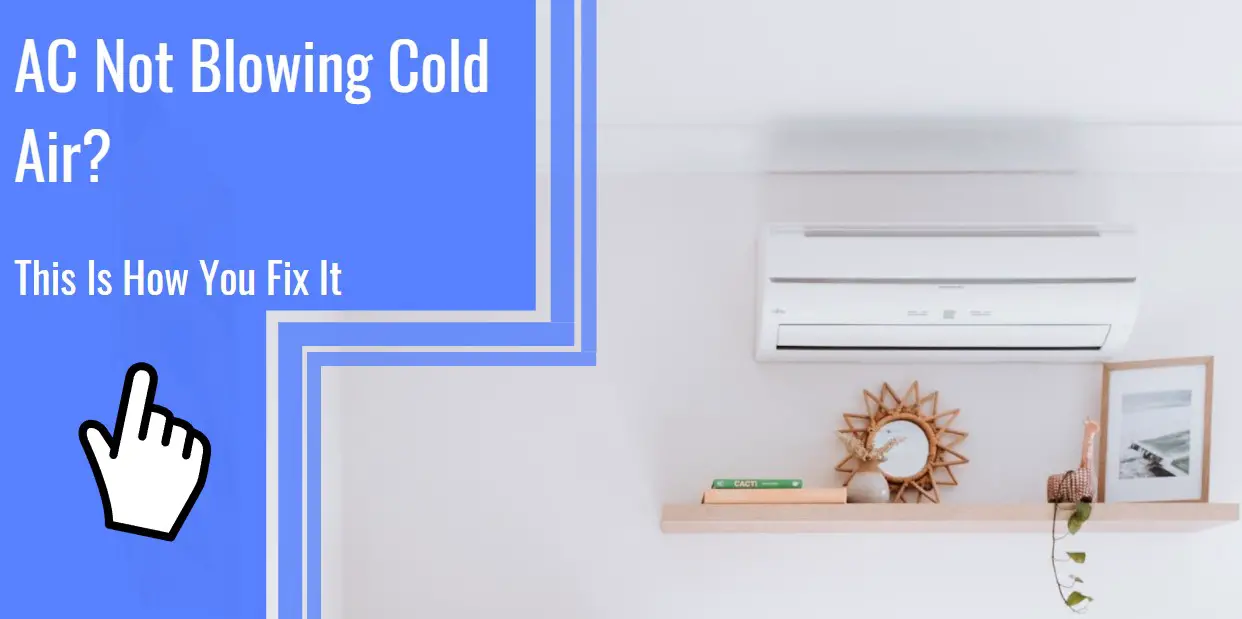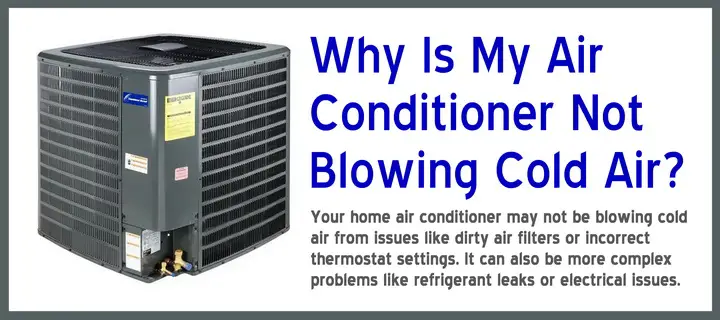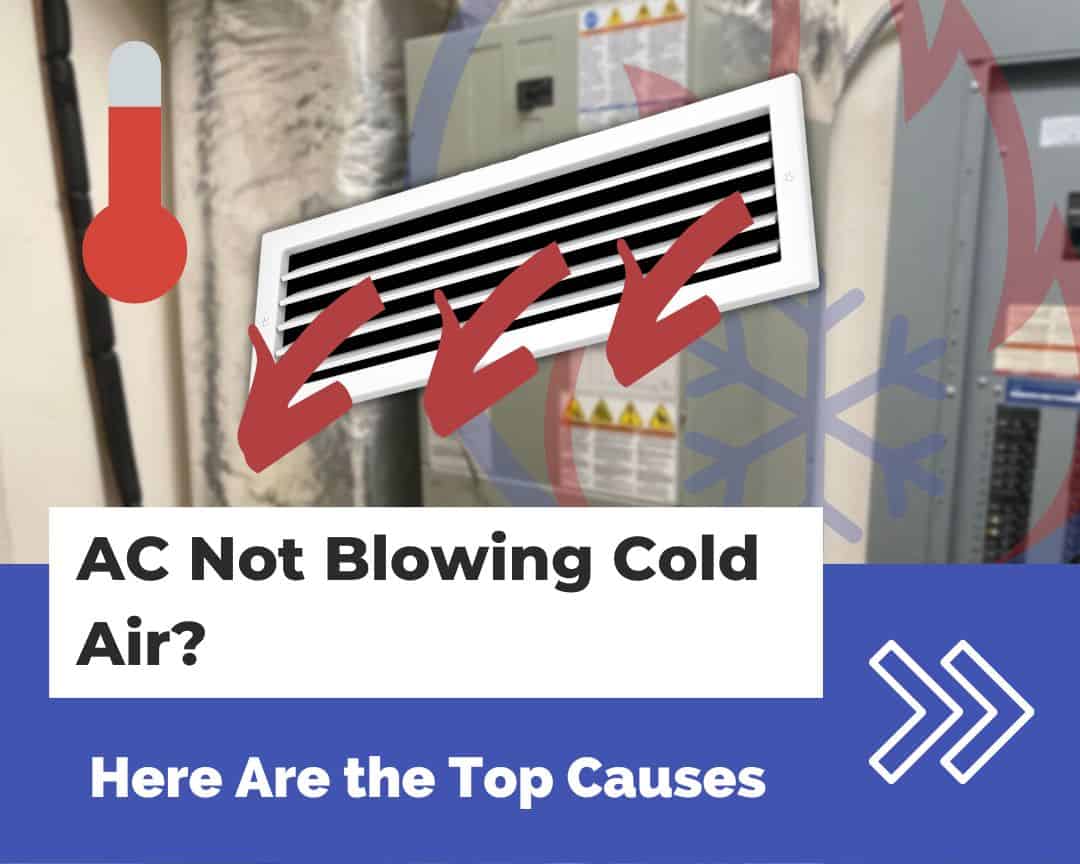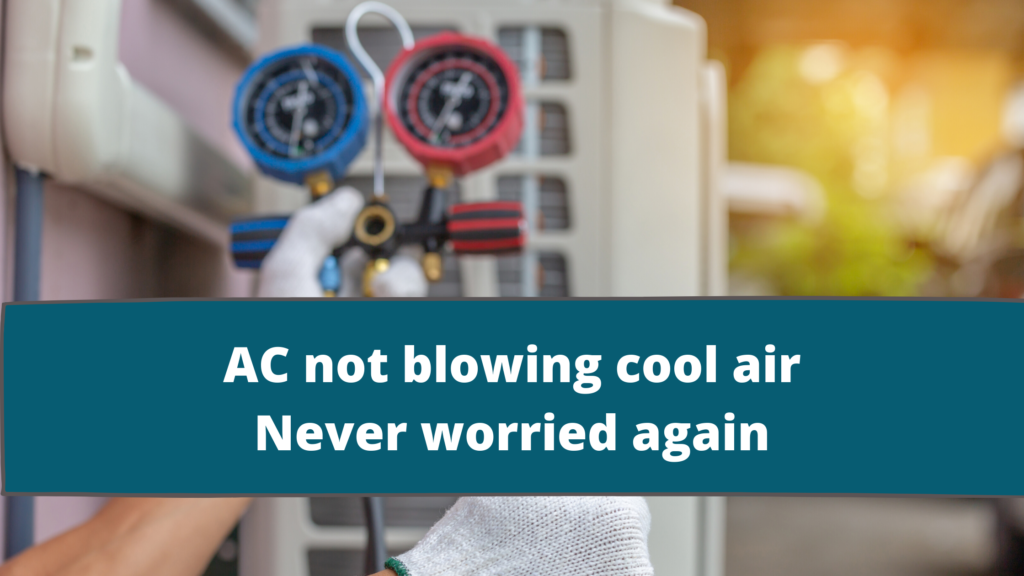Ac In House Not Blowing Cold Air

Troubleshooting "AC In House Not Blowing Cold Air": A Career Perspective for HVAC Professionals
One of the most common service calls for HVAC technicians involves a homeowner complaining, "My AC in the house is not blowing cold air!" This seemingly simple problem can stem from a variety of issues, demanding a systematic approach to diagnosis and repair. For aspiring and experienced HVAC professionals alike, mastering this type of troubleshooting is crucial for career advancement and client satisfaction.
Understanding the Problem: Why Isn't My AC Cold?
Before diving into the technical aspects, it's important to remember that effective communication with the homeowner is key. Gathering information about the system's history, recent maintenance, and any unusual noises or smells can significantly narrow down the potential causes. The most common culprits include:
- Refrigerant Leaks: Low refrigerant levels are a frequent cause of warm air. Leaks can occur at various points in the system, and identifying them requires specialized tools and techniques.
- Dirty Air Filter: A clogged air filter restricts airflow, reducing the system's cooling capacity and potentially causing the evaporator coil to freeze.
- Frozen Evaporator Coil: Restricted airflow or low refrigerant can lead to ice formation on the evaporator coil, hindering its ability to absorb heat.
- Dirty Condenser Coil: A dirty condenser coil prevents proper heat dissipation, causing the system to overheat and reduce cooling efficiency.
- Faulty Compressor: The compressor is the heart of the AC system, and a malfunctioning compressor can severely impact cooling performance.
- Ductwork Issues: Leaks or blockages in the ductwork can result in significant air loss, reducing the amount of cool air reaching the vents.
- Electrical Problems: Issues with the wiring, capacitors, or other electrical components can prevent the system from operating correctly.
- Thermostat Malfunction: A faulty thermostat might not be accurately sensing the temperature or sending the correct signals to the AC unit.
Diagnostic Tools and Techniques
HVAC technicians rely on a range of tools to diagnose cooling problems. These include:
- Manifold Gauges: Used to measure refrigerant pressure and diagnose refrigerant-related issues.
- Thermometers and Infrared Cameras: Used to measure temperature differences and identify hot spots or cold spots.
- Multimeters: Used to test electrical components and wiring.
- Leak Detectors: Used to identify refrigerant leaks.
- Airflow Meters: Used to measure airflow through the ductwork and vents.
Beyond the tools, a systematic diagnostic approach is essential. This typically involves:
- Visual Inspection: Checking for obvious signs of damage, leaks, or dirt.
- Filter Check: Inspecting the air filter and replacing it if necessary.
- Temperature Measurements: Measuring the temperature difference between the supply and return air.
- Pressure Readings: Using manifold gauges to check refrigerant pressures.
- Electrical Testing: Testing electrical components to ensure they are functioning correctly.
Career Implications and Skill Development
Mastering AC troubleshooting is a valuable skill for any HVAC professional. The U.S. Bureau of Labor Statistics projects a growth rate of 6% for HVAC mechanics and installers from 2022 to 2032, about as fast as the average for all occupations. This growth is driven by increasing demand for energy-efficient HVAC systems and the need to replace aging equipment. The median annual wage for HVAC mechanics and installers was $59,690 in May 2023. Entry-level positions often start lower, while experienced technicians with specialized skills can earn significantly more.
For students and apprentices, focusing on the fundamentals of refrigeration, electrical systems, and airflow is crucial. Hands-on experience is invaluable, so seeking out opportunities to assist experienced technicians on service calls is highly recommended. Consider specializing in residential or commercial HVAC systems to hone your expertise.
Experienced technicians can enhance their careers by pursuing certifications such as NATE (North American Technician Excellence). NATE certification demonstrates competency and professionalism, which can lead to higher earning potential and greater job security. The EPA requires all technicians who handle refrigerants to be certified under EPA Section 608, further underscoring the importance of formal training and certification in the HVAC industry.
Real-World Career Paths
Here are a few examples of career paths for HVAC professionals:
- Service Technician: Focuses on troubleshooting, repairing, and maintaining HVAC systems. This role often involves responding to service calls like "AC in house not blowing cold air."
- Installation Technician: Installs new HVAC systems in residential or commercial buildings.
- HVAC Sales Engineer: Designs and sells HVAC systems, working closely with clients to determine their needs.
- HVAC Project Manager: Manages the installation of HVAC systems, ensuring projects are completed on time and within budget.
- HVAC Instructor: Teaches HVAC courses at trade schools or community colleges.
Employer Perspective: Hiring and Training
For employers in the HVAC industry, finding and retaining skilled technicians is a constant challenge. Investing in training and development programs is essential to ensure that employees have the knowledge and skills necessary to meet the demands of the job. Employers should prioritize candidates with relevant certifications and a strong work ethic. Offering competitive salaries and benefits packages is crucial for attracting and retaining top talent.
Companies benefit from fostering a culture of continuous learning. Staying up-to-date with the latest technologies and best practices is essential for maintaining a competitive edge. Encouraging employees to pursue certifications and attend industry events can help them enhance their skills and stay informed about emerging trends.
The Future of HVAC: Emerging Trends
The HVAC industry is constantly evolving, with new technologies and trends emerging all the time. Some key trends to watch include:
- Smart HVAC Systems: These systems use sensors and data analytics to optimize energy efficiency and comfort.
- Variable Refrigerant Flow (VRF) Systems: VRF systems offer precise temperature control and energy savings, making them increasingly popular in commercial buildings.
- Geothermal Heat Pumps: Geothermal systems use the earth's natural heat to provide heating and cooling, offering significant energy savings and environmental benefits.
- Renewable Energy Integration: Integrating solar panels and other renewable energy sources with HVAC systems is becoming increasingly common.
Understanding these emerging trends is crucial for HVAC professionals who want to stay ahead of the curve and advance their careers. For instance, a technician skilled in diagnosing and repairing VRF systems or geothermal heat pumps will be highly sought after. Similarly, technicians who understand smart HVAC systems and how to integrate them with building automation systems will be well-positioned for success in the future.
Example Scenario: Diagnosing "AC In House Not Blowing Cold Air"
Let's consider a real-world scenario: A homeowner calls reporting that their "AC in house not blowing cold air." As a seasoned technician, you would follow these steps:
- Initial Consultation: Ask the homeowner about the history of the system, recent maintenance, and any unusual symptoms.
- Visual Inspection: Check the outdoor unit for debris or damage. Inspect the indoor unit for ice formation on the evaporator coil.
- Filter Check: Remove and inspect the air filter. Replace it if it's dirty.
- Temperature Measurements: Use a thermometer to measure the temperature of the air coming out of the supply vents and the air returning to the unit.
- Pressure Readings: Connect manifold gauges to the service ports and check the refrigerant pressures. Low refrigerant pressure indicates a possible leak.
- Electrical Testing: Use a multimeter to test the compressor, fan motors, and other electrical components.
- Leak Detection: If low refrigerant is suspected, use a leak detector to pinpoint the source of the leak.
Based on the findings, you would then recommend the appropriate repairs, such as repairing a refrigerant leak, replacing a faulty compressor, or cleaning a dirty condenser coil.
Conclusion
Troubleshooting "AC in house not blowing cold air" is a fundamental skill for HVAC professionals. By understanding the common causes of cooling problems, mastering diagnostic techniques, and staying up-to-date with industry trends, HVAC technicians can build successful and rewarding careers. Continuous learning and professional development are essential for staying competitive in this dynamic and growing industry. Whether you're a student, a seasoned technician, or an employer, investing in HVAC education and training is a smart move.

